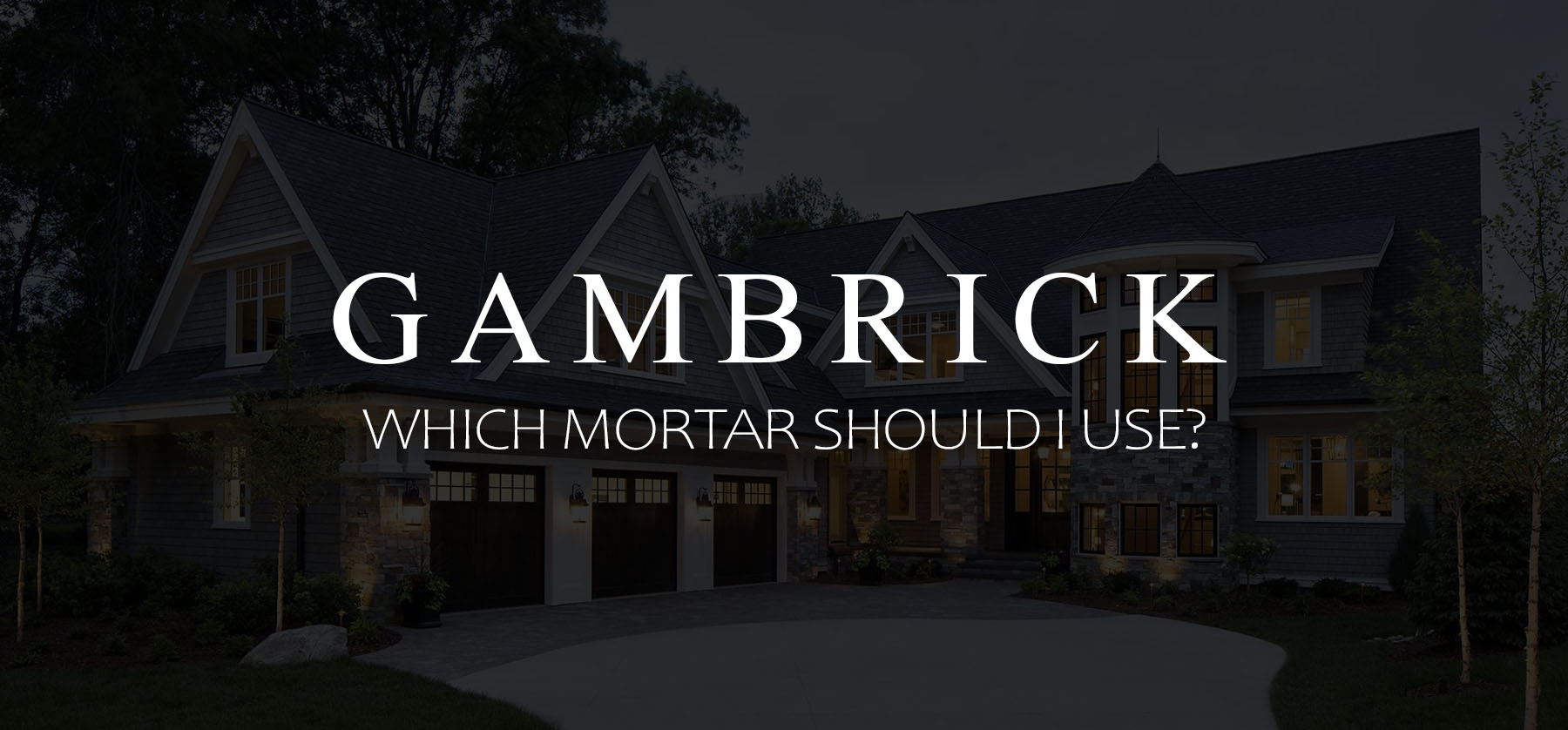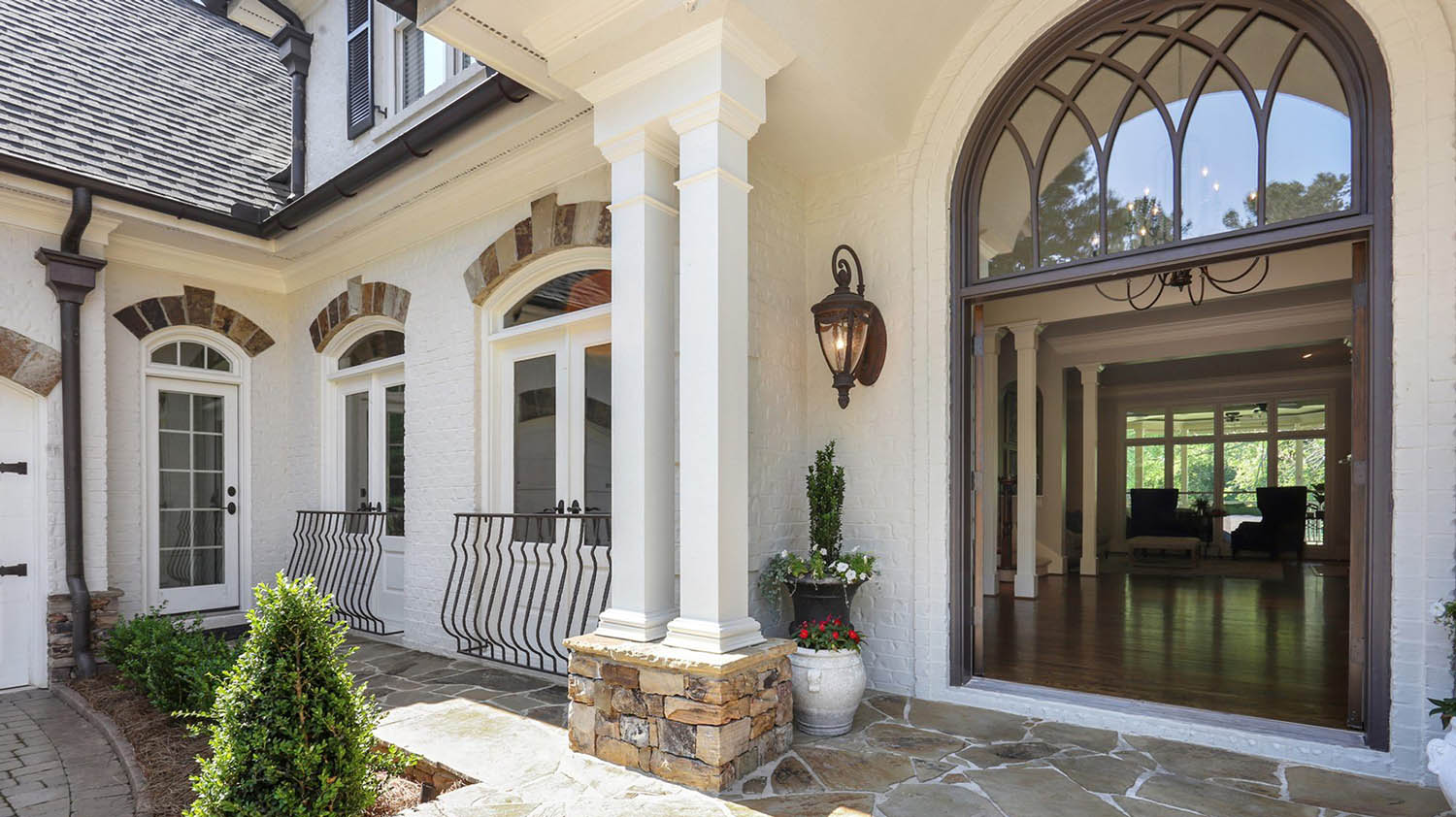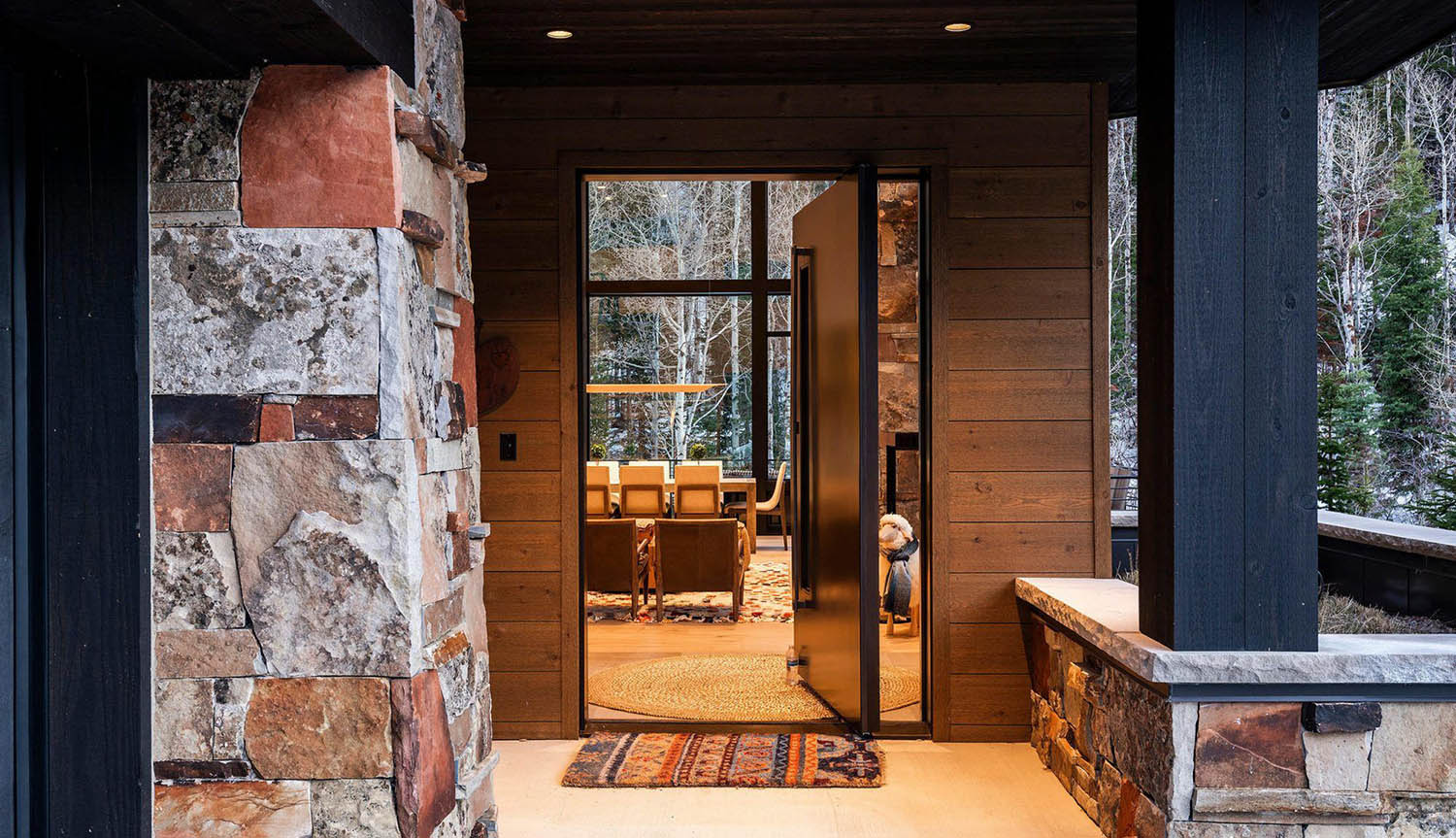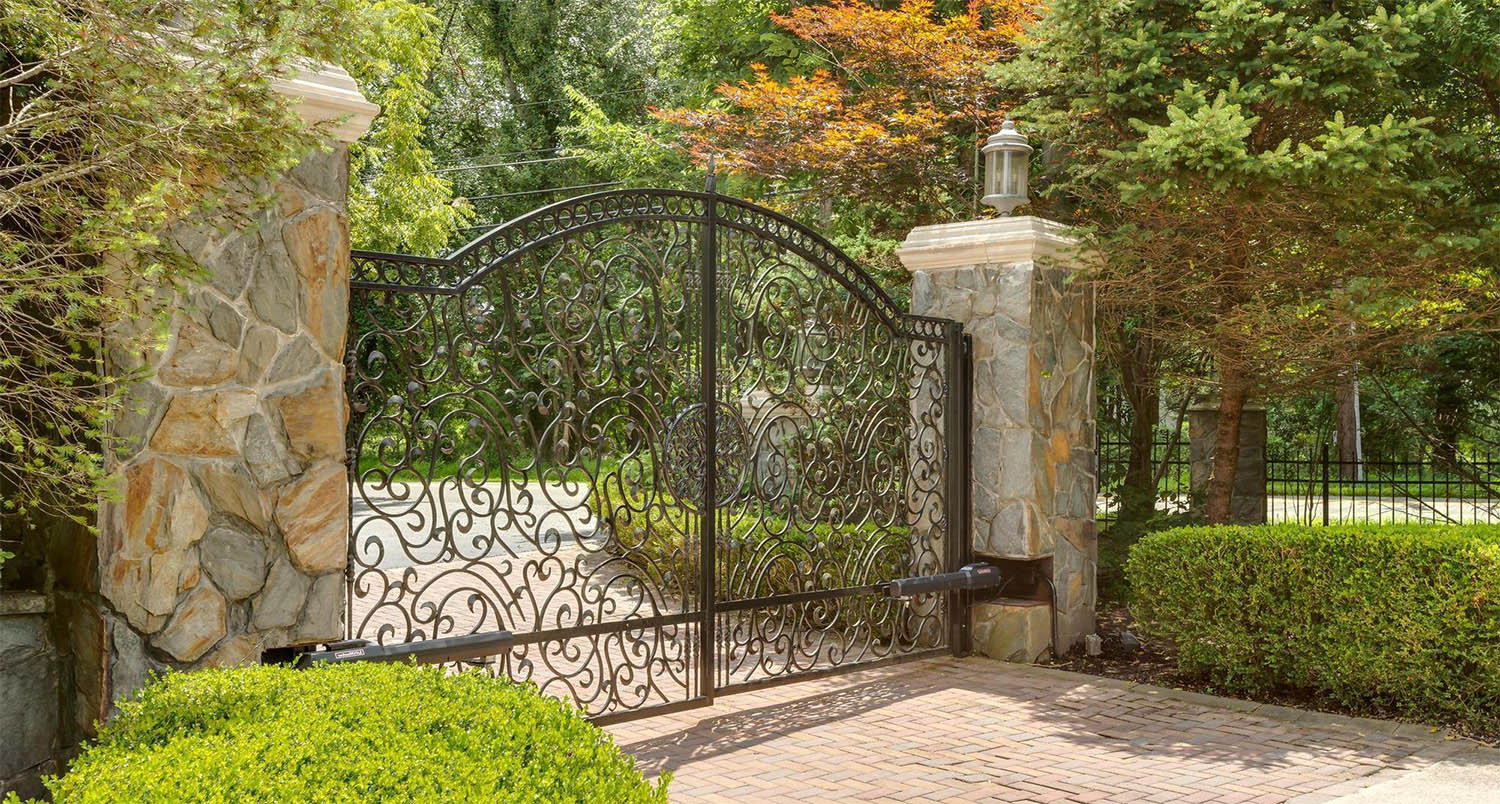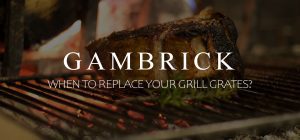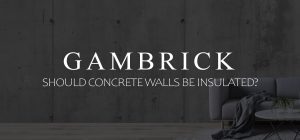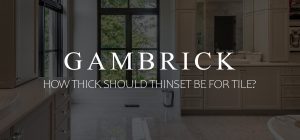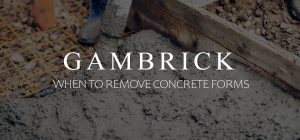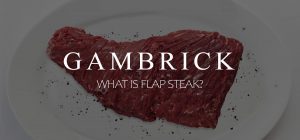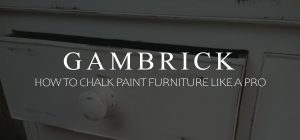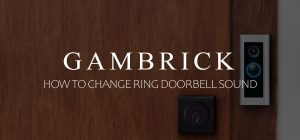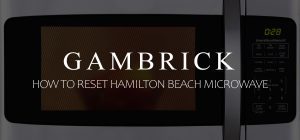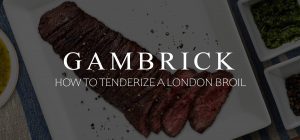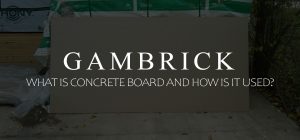Which Mortar Should I Use?
Many DIY pros and contractors working with stone, brick or some other veneer always end up asking the same question. Which Mortar Should I Use?
Whether you’re a builder, mason, or homeowner working with veneer, you’ll eventually have to buy some mortar. It’s the glue that sticks stone and brick veneer to the wall, holds together bricks and concrete blocks, fills joints, and provides structural support to all sorts of masonry projects. It’s hard to do masonry work without it. Mortar is an all around building material that’s an essential part of construction. But it comes in different types that are each specially formulated for a different purpose. Mortar is made up of varying amounts of hydrated lime, Portland cement, and sand combined to create a mix that meets a certain requirement. There are five main types of mortar: M, S, N, O, and K. Each type is classified by it’s bonding properties, flexibility, and compressive strength.
So how do you choose the right mortar type for your project? First, consider the material you’ll be working with and the kind of work you’ll be doing. Each mortar type is specially made to fit a certain application. Because without the right type of mortar your work will suffer.
In this article we’ll review each type of mortar. How they’re best used. What they’re designed to do. Which is recommended for each application. And the pros and cons of each.
Mortar Selection
Mortar bonds two masonry units together so they function as a single unit. When it’s hard, mortar is durable and helps resist moisture. And it should also have the right properties in its workable state so that it’s easy to work with.
One property that’s often overvalued is compressive strength. Because stronger is not always better. In fact, the opposite is often true. Mortar selection should also be based on properties like durability, bond strength, flexibility, moisture resistance and how easy it is to work with.
Each job requires a mortar that balances work requirements with the performance of the completed project.
And other details are also important. Things like high lateral loads from wind or seismic activity possibly requiring a mortar with higher flexibility. For example, certain building codes don’t permit the use of non flexible mortar in any part of the lateral force resisting system. Other problem areas may include below grade durability issues or inside retaining walls. Because sometimes masonry needs to have a little flexibility and a super stiff mortar just won’t work.
Color, flexibility, easy to work with or other properties should be considered. A combination of factors should go into your mortar selection based on the job your doing.
These are some fundamental guidelines:
- No single type is best for every purpose.
- Select a type with the lowest compressive strength that meets the project requirements.
- Choose a type that’s easy enough to work with.
Of course, these guidelines should be used with good judgment.
Stacked real brick and stone veneer with a stone patio floor. All built with different mortar types.
How To Mix Your Own Mortar
Did you know you can mix your own mortar. We’ll provide a table with the proportions for each mortar type below.
For large jobs you can save a lot by mixing your own mortar however for smaller projects it’s better to buy pre-mixed bags.Mortar mixed at the factory is more expensive but there are a few advantages to using it.
- The proportions are more accurate than mixes you make yourself unless your a trained and experienced mason.
- The ingredients will be more evenly distributed throughout the mix unless you have your own cement mixer.
- For most small projects a pre-mixed mortar is more cost effective than mixing it yourself even though the bags are more expensive than the ingredients they hold. They’re easier to work with and save time because you don’t have to mix then.
- There’s less waste because you only use as many bags as you need. You generally can’t order a small load of lime, sand and cement without paying a delivery fee.
- You don’ need a cement mixer.
If you do decide to mix your own, make sure you only use clean sand and clean water.
Pro Tip: Mortar is caustic, so always wear gloves and other safety equipment when mixing or working with mortar.
Recipes To Mix Your Own Mortar
- Type S: 2 Parts Portland cement. 1 part lime and 9 parts sand.
- Type N: 1 Part Portland cement. 1 part lime, and 6 parts sand.
- Type M: 3 Parts Portland cement. 1 part lime and 12 parts sand.
- Type O: 1 Part Portland cement. 2 parts lime, and 9 parts sand.
- Type K: 1 Part Portland cement. 3 parts lime and 10 parts sand.
Mortar Type Characteristics
Each type has some basic characteristics you need to understand:
- Type N – General all purpose mortar with good bonding. Easy to work with. Used to build stacked walls or veneer work.
- Type S – General all purpose mortar with higher bond strength. Stickier than other types which makes it ideal for veneer but it’s also used for stacked walls.
- Type M – High compressive strength. Not very workable. Good for stacked walls.
- Type O – Low strength used mostly for interior applications and restoration work.
- Type K – Extremely low strength used primarily for historical restoration work.
Although the general descriptions above provide some basic characteristics, each type can be used in a variety of applications.
No single type is best for all applications.
Real stone veneer installed with type S mortar over wire mesh and a good moisture barrier.
General Requirements Of Mortar
Before choosing which type is best, it’s important to consider the jobs structural requirements. What type of building material are you using? What type of weather will your finished work need to withstand? Once you understand what your finished work needs to do you can choose the type that’s best. ,
Below is a list of properties you should consider when choosing mortar.
Bonding Strength
Mortar is what holds two building materials together into one solid unit. Because you can’t install stone veneer, build a block foundation wall, or fill brick joints without it, bond strength is a crucial factor to consider when choosing the right type for your project. Bonding strength is measured in two main ways:
- The force required to break the bond between two materials held together by mortar. A high bond strength is ideal for exterior projects that need to withstand the elements.
- Extent of bond. The amount of surface contact required between the mortar and stone veneer or other masonry unit is why extent of bond is another key factor that needs consideration. Mortar with a good extent of bond will be durable and resistant to water penetration.
Pro Tip: Use a mortar that meets the minimum bond strength requirements for your project. Stronger types have less flexibility and are generally harder to work with.
Bond Strength Requirements Vary
Thin Brick And Stone Veneer
With thin brick and stone veneer work, the bond between the stone or brick and mortar is the most important property to consider when choosing a mortar. Bonding properties aren’t just about strength though, but also the extent of bond.
Extent of bond is the level of contact between the mortar and stone, which is improved when a mortar is easy to work with. Higher extent of bond increases durability and water resistance which makes it ideal for veneer work.
Bond strength is the force required to separate the mortar from the brick. High bond strength provides resistance to cracking.
Pro Tip: We recommend using type S mortar for veneer work. It has higher tensile bond strength and performs well in the outdoors. And it’s sticky, so installing thin brick or stone veneer is a little easier.
Stacked Block Or Brick
When it comes to stacked brick or block or even stone, a high compression strength is what’s most important. These types of walls are structural which means weight is placed on top of them. You don’t need to worry as much about pulling them apart because they’re generally held together by rebar or other metal ties.
When it comes to foundation work compression strength and some flexibility are key.
Pro Tip: We recommend type N for most stacked brick or cmu block walls that are above grade. It has a high compression strength and it’s easy to work with. We use type S for below grade work because it’s a little stronger and better at resisting the force created by soil pressing against the foundation.
Flexibility
Masonry is very stiff once the mortar completely hardens which makes it susceptible to cracks. They can happen from a number of common causes like moisture, weather, movement, or other issues. The last thing you want it to see your work damaged or destroyed because you chose the wrong mortar type.
Different types have varying degrees of flexibility. Because some can flex and absorb a certain amount of movement and some can’t, choosing the right type can help protect the structural integrity of your project.
Compression Strength
Compression strength is important to consider for a few key reasons.
Mortar needs to be strong enough to maintain the structural integrity of whatever your building. But you should choose a type with a compression strength lower than that of the product you’re installing. For example, if your installing stone veneer then your mortar needs to have a lower compression strength than the stone.
If you choose a type with a compressive strength that’s too high, you may end up with cracks and exterior projects that get worn down by the freeze thaw cycle.
Compression or compressive strength is the capacity of a material or structure to withstand loads that are placed on top of the mortar which can cause it to reduce in size or compress. This is generally measured in PSI or pounds per square inch.
If you buy premixed mortar then check the bag, it will list the PSI strength of the mix.
If your mixing the mortar yourself then you can vary your ingredients based on the strength requirements you need.
Color
Even though looks should be a secondary concern to structure, the color of your mortar is still important. While mortar’s first and most important job is being the glue that holds your project together, It’s not the only job mortar does. Sometimes it’s used as a finished product that you see.
After you install thin brick or stone veneer you grout the joints with mortar. And when you build a block or brick wall you use it as both a structural material and to fill joints. So although the color won’t affect how durable your finished product is, sometimes it will impact the finished look.
Mortar typically comes in neutral colors such as white, buff, and light or dark gray. However you can tiny it a variety of shades. For example some designers tint the grout color for stone veneer rather than keeping it natural.
If you’re working on an outdoor project, keep in mind that lighter shades will show dirt more easily than a dark color.
Interior masonry work is done with mortar too. Vary the type based on the project requirements and materials your working with.
The Five Most Commonly Used Mortar Types
Mortar mixes are classified according to a few key properties which include compressive strength, bonding strength and flexibility. Each mortar mix has a specific Portland cement, hydrated lime and sand proportion that makes each type of mortar mix different from the others. By varying the amount of each ingredient you can vary the properties of the mix.
Compressive strength, bonding and flexibility all work together to hold masonry units firmly in place for a very long period of time. Some mortar needs to harden strong yet have some flexibility, allowing it to handle lateral loads. Some mixes need to contract and expand in response to changes in temperature. And others need superior bonding strength and protection against the elements. Choosing the right type of mortar depends not only on the mix’s properties, but also what it’s being used for. It’s important to choose the right mortar for the job.
There are five main types of mortars we use in construction. Type N, S, O and M. Below we’ll discuss each type in detail along with it’s most common usage and some pros vs cons.
Type N
Type N is a reliable, all purpose mix that’s used in various kinds of masonry work. This mortar mix has a medium compressive strength. Type N has a medium compressive strength of 750 psi and can achieve 28 day strength between 1500 and 2400 psi.
We recommend type N mortar for use on exterior, above grade projects that are exposed to severe weather and high temperatures, as well as on interior, load bearing applications. Type N is also the preferred mortar type for soft stone masonry because its flexibility helps to prevent cracks in the stones that stronger mortars can actually cause.
If you’re looking for the right mortar mix, consider type N. It’s the best choice for general applications and likely the perfect choice for your project.
Recipe: Type N is made of 1 part Portland cement, 1 part lime, and 6 parts sand.
Here are some projects that typically use type N:
- Soft stone masonry
- Exterior or interior above grade stacked cmu, stone or brick walls
- Chimney construction
- Repointing newer brickwork
Type S
When you need something stronger than type N consider type S.
Type S mortars have a minimum of 1800 psi but typical mixes usually give you between 2300 and 3000 psi.
The higher bond and compressive strength numbers make type S able to withstand soil pressures, wind, and seismic loads. Because of these properties, type S is what we recommend for most below grade applications such as masonry foundations and sewers.
It’s also great for thin brick or stone veneer work because of it’s higher bonding strength and stickiness.
Recipe: Type S contains 2 parts Portland cement, 1 part lime and 9 parts sand.
Here are some projects that typically use type S:
- Exterior thin brick or stone veneer
- below grade masonry work
- Sewers
- Manholes
- Retaining walls
Type M
A type M mix has the highest highest amount of Portland which gives it a minimum of 2,500 psi of compressive strength. While this mix is great for supporting heavy loads and below grade foundations, it provides relatively poor bonding and sealing properties. It’s a poor choice for exposed, above grade work like brick walls or stone veneer.
Recipe: Type M contains 3 parts Portland cement, 1 part lime and 12 parts sand.
Here are some projects that typically use type M:
- Foundations
- Retaining walls
- Driveways
Type O
Type O mortar mix has a fairly low compressive strength, rated at only about 350 psi. It’s used primarily for interior work and above grade, non load bearing walls. It’s great for repointing brick and similar repair work on existing walls because of its consistency and how easy it is to work with.
Recipe: Type O is made of 1 part Portland cement, 2 parts lime, and 9 parts sand.
Here are some projects that typically use type O:
- Interior work
- Repointing
- Masonry wall repair
Type K
Type K mortar is rarely used for new construction but is sometimes used for restoration work. It has a very low compressive strength of only about 75 psi. Because of how soft it is, type K is primarily used for restoring historic masonry that requires a soft mix that has a similar strength to the existing masonry. The porous quality of type K allows very little movement due to temperature and moisture fluctuations. This helps to prolong the integrity of old or even ancient bricks in historic structures.
Recipe: Type K is made from 1 part Portland, 3 parts lime, and 10 parts sand
Here are some projects that typically use type K:
- Restoration work of historical buildings
Masonry gate pillars built with mortar and real stone veneer.
Which Mortar Type Is Best?
Selecting the right mortar isn’t an exact science because of all the variables involved with each project. There is no single best or all purpose mortar. However we can narrow it down quite a bit and tell you which mortar type is generally best for each of the most common applications. Below is a list:
Thin brick and stone veneer: Type S is what we recommend here. It has a high bonding strength and it’s sticky which is perfect for sticking stuff to a wall.
Stacked brick or cement above grade block walls (cmu): For this we prefer type N It has a good compression strength and it’s easy to spread which makes it great for both installing the masonry and grouting the joints.
Stacked brick or cement below grade block walls (cmu): Here we like Type S. It’s stronger than type N so it holds up better to pressures from things like soil.
Retaining walls: We use either type S or type M depending on the size and weight of the wall.
Interior work: Type O is great for interior masonry work.
Repointing: Type N or type O are what we use for repointing.
Chimney Construction: Type N
Masonry wall repair: Type O
Restoring historical buildings: Type K. For this type of work type K is the best choice.
Soft stone masonry: Type N is what we recommend. Higher strength mortars can actually cause damage to a softer stone.
All masonry projects are unique and must adhere to local building codes and should be built as per the designers specifications.
Summary: Which Mortar Should I Use?
Both interior and exterior masonry work is a beautiful look that’s low maintenance, extremely durable, lasts decades and is proven to increase home value, if it’s done in the right way. But you need the right mortar type for the job.
Generally speaking, you should use one of the standard mortar types listed on this page for the applications we recommend unless your architect or engineer specifies something different. There really is no one size fits all best mortar type so make adjustments based on the type of work your doing and the material your using. And when in doubt, hire a professional.
If you have any questions or comments e-mail us any time.
